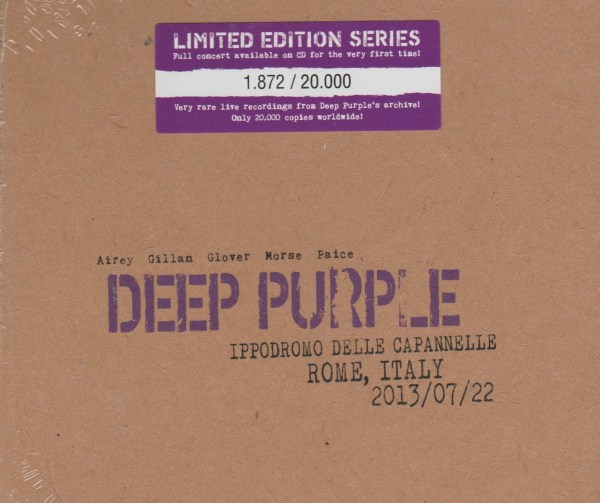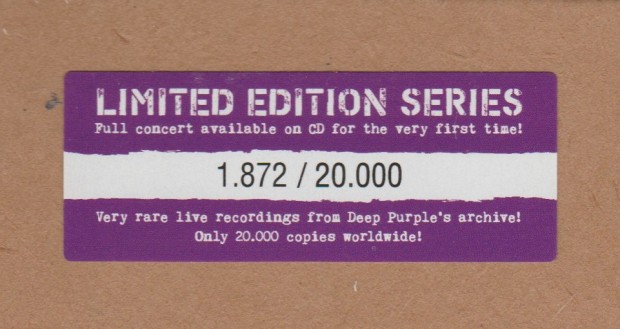A sequel to Record Store Tales Part 188: “Limited Edition”
GETTING MORE TALE #809: “Limited Edition” 2
When we first discussed “limited edition” albums in 2013, we arrived at the conclusion that very few things truly are limited in any significant way. Even Record Store Day has done little to change the view. Yes, some Record Store Day items are really hard to get after the fact, but most sadly are not. For example, Iron Maiden’s single for “Empire of the Clouds” can be found easily on Discogs. 71 copies available, ranging from $16 and up. Yet strangely, something like Alice Cooper’s “Keepin’ Halloween Alive” is rarely seen under $50. Releases like Cooper are the exception. What we have learned in the intervening years is that nothing has really changed in the world of limited editions. Most are not all that limited and can be found later on. Others truly are rare, and you can’t really predict which will be which.
But we’re collectors here. We don’t buy these things to sell later. We buy them to have, appreciate and enjoy. Sometimes to show off.
When something is limited and numbered, collectors enjoy comparing their numbers and seeing who has the lowest. A friend of ours just scored a fairly low numbered Gene Simmons Vault which I think is pretty cool. I have a bunch of numbered items, and I’ve posted some here. It’s easy to see which are numbered because, hey, there’s the number right there on the back! And according to the numbers I have one of the last copies of Deep Purple’s “Above and Beyond” single: 1934 of 2000. Neat. I just wanted the bonus track “Space Truckin'” live in Italy, but the numbers give us collectors the jollies. It’s just a little added perk to the packaging.
When is a packaging perk not a packaging perk? When it’s not on the packaging!
Deep Purple have been issuing “limited edition series” live albums recently. Our good friend the Heavy Metal Overlord recently acquired the Newcastle set. Limited to 20,000 copies worldwide, he got #8616, handily printed on the back. He’ll always know which copy he got.

I was disappointed when I received my first Deep Purple “limited edition series”, which is Rome, the second one in the line (Newcastle being the first). I ripped open my parcel from Amazon to find that the number wasn’t printed on the CD, but on a sticker affixed to the shrinkwrap!
What is the point of that? Who, aside from nutbar collectors like myself, is going to keep the sticker? Nobody, that’s who. So again: what is the point? I’ll be one of the few people who knows what number mine is, if I manage to keep this sticker with its CD. It seems stupid to provide that information as part of something you throw in the garbage.
It’s not going to be worth anything. My number #1872 of 20,000 isn’t going to be worth more money than HMO’s #8616. That’s not the point. The point is a simple “why”? HMO figures it was probably a manufacturing oversight, that it’s not printed on the sleeve.
It’s also worth pointing out that 20,000 copies is substantial for an archival live album from a band like Deep Purple. It’ll be a long time before that pressing sells out.
Don’t be fooled into spending too much money on these things. I have a copy of Newcastle on order; it’s not sold out. You can often do well by seeing how the prices go, sitting and waiting for the right opportunity. And don’t put too much significance into those numbers. If the record company can’t be bothered to even print them on the sleeve, they can’t be that important.









